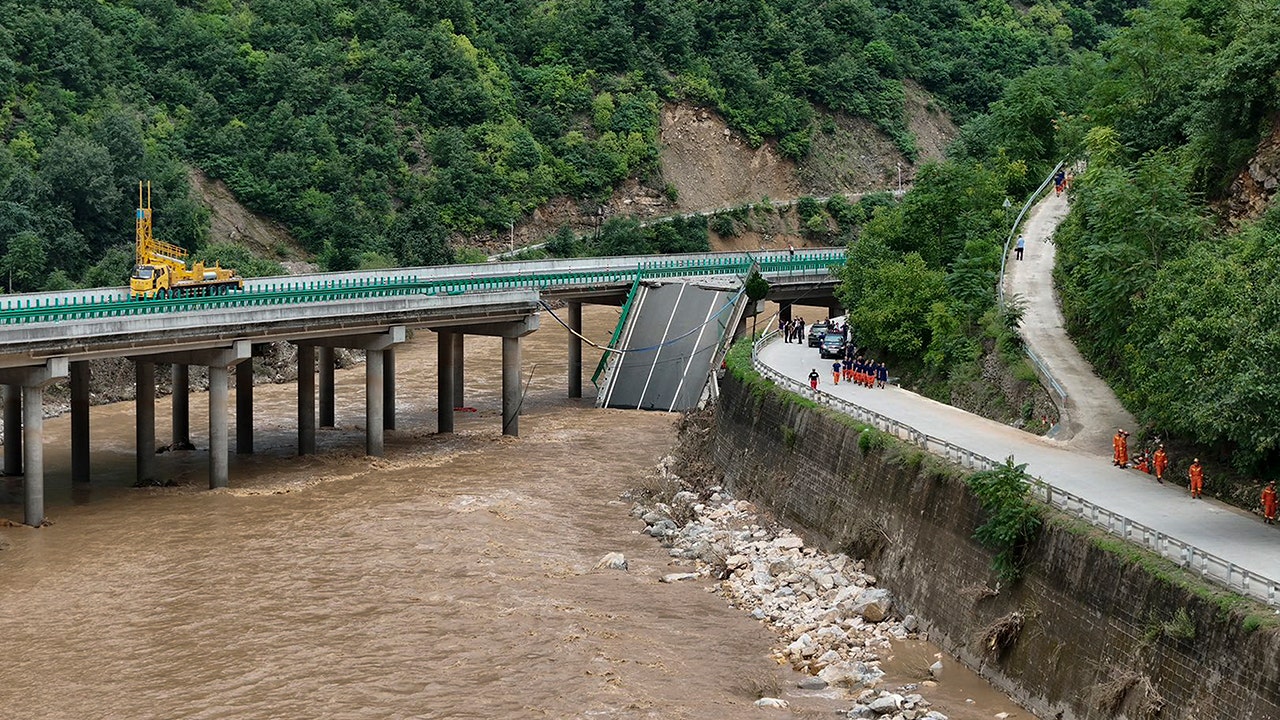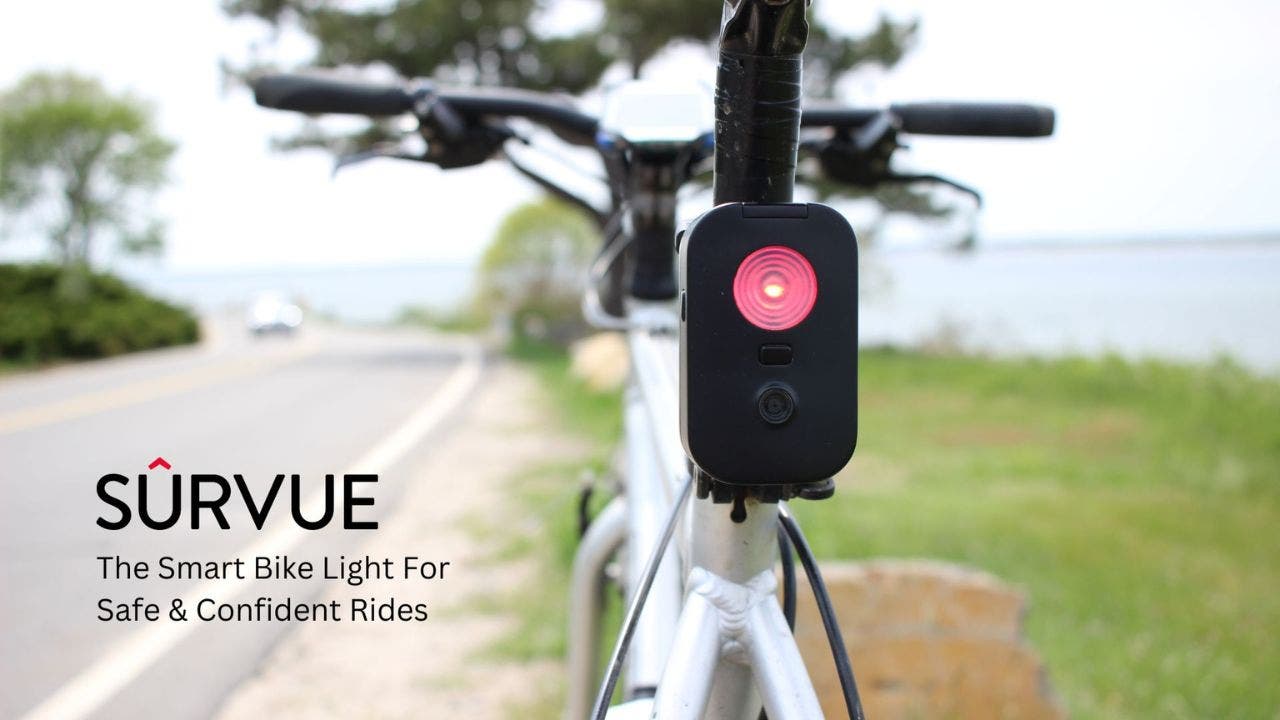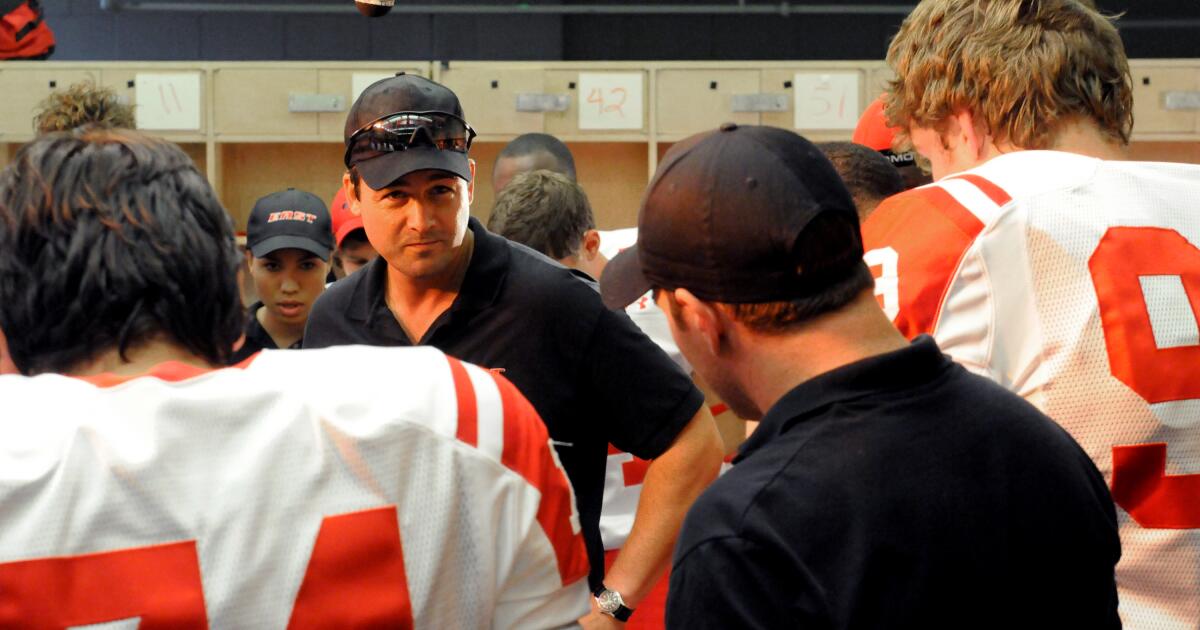North Dakota
North Dakota delegation among lawmakers urging CBP to extend northern port of entry hours

GRAND FORKS — North Dakota’s congressional delegation is among a bipartisan, bicameral group of lawmakers calling on U.S. Customs and Border Protection to restore normal operating hours at ports of entry on the U.S.-Canadian border.
On Wednesday, June 6, Sens. John Hoeven and Kevin Cramer, R-North Dakota, and Rep. Kelly Armstrong, R-North Dakota, were among 10 lawmakers who signed a letter to Pete Flores, executive assistant commissioner of field operations at U.S. Customs and Border Protection. The letter asks CBP to extend hours at ports of entry to at least match operating hours with adjacent Canadian Border Services Agency ports.
Hoeven and Sen. Jim Risch, R-Idaho, led the group. Sens. Mike Crapo, R-Idaho; Jon Tester, D-Montana, and Steve Daines, R-Montana, and Reps. Russ Fulcher, R-Idaho; Ryan Zinke, R-Montana, and Matt Rosendale, R-Montana, also signed the letter.
“These ports of entry serve a vital role in connecting our states’ economies with Canada, and our constituents heavily rely on them for commerce, tourism, religious activities, trade, travel, health care, tribal connections, and more,” reads the letter.
On March 27, the CBSA announced it would be restoring pre-pandemic hours of service at 39 land ports of entry. While CBP has extended hours at some ports of entry to match their Canadian counterparts, like North Troy and West Berkshire in Vermont, others remain mismatched.
Of the 39 Canadian ports of entry that had pre-pandemic operating hours restored in March, 14 are on the border between North Dakota and Canada. The restored hours mean Canadian ports of entry operate from either 8 a.m. to 9 p.m. or 9 a.m. to 10 p.m. each day. Meanwhile, most U.S. ports of entry in North Dakota operate from 8 a.m. to 4 p.m. or 9 a.m. to 5 p.m.
“The mismatched and uncoordinated hours are causing confusion and frustration across the northern border,” wrote lawmakers.
Also on March 27, CBP announced the temporary extension of hours at four northern border ports of entry, including Maida, Northgate and Sherwood in North Dakota. The POEs were operating from 9 a.m. to 5 p.m. and are now open from 9 a.m. to 7 p.m.
In the March 27 announcement, CBP said traffic volumes in North Dakota remain 39% below 2019 levels.
In the June 7 letter, lawmakers wrote that basing hours of operation on port of entry traffic was flawed.
“It is our strong belief this justification is flawed because our constituents are less likely to use the ports given these shortened hours,” they said. “We believe when the border hours are extended to, at a minimum, match adjacent CBSA ports, vehicular and pedestrian traffic will increase to match, if not exceed, prepandemic levels.”
According to hours listed on CBP and CBSA websites, border crossings with U.S. port of entry hours that do not match Canadian port of entry hours include Hansboro-Cartwright, Westhope-Coulter, Sarles-Crystal City, Carbury-Goodlands, Neche-Gretna, St. John-Lena, Antler-Lyleton, Hannah-Snowflake, Maida-Windygates, Walhalla-Winkler, Sherwood-Carievale, Noonan-Estevan Highway, Northgate and Fortuna-Oungre.

North Dakota
Color of Hockey: Rangers prospect Emery 'comfortable' heading to North Dakota | NHL.com

Murphy played quarterback for North Dakota from 1960-62 and was its coach from 1978-79. He left a lasting impression on Eric Emery, especially after Cal Fullerton went 12-0 in 1984. Murphy died Oct. 29, 2011.
“I guess I kind of transported into EJ, the sense of respect I have for Gene Murphy and what he did for us at Cal Fullerton,” said the elder Emery, who went on to become a linebacker for the BC Lions, Calgary Stampeders and Ottawa Rough Riders of the Canadian Football League from 1985-87.
“He brought us together and he actually told us that we were going to be champions because he saw the capability in us. I just had to have him (EJ) go look at North Dakota because Gene came from there and a lot of his coaches that he brought with him came from there and they were such good guys. So I figured North Dakota must have something going on.”
There’s also a North Dakota connection between the younger Emery and NTDP coach Nick Fohr, who was born and raised in Grand Forks and regularly attended UND games with his father Roger, who was an off-ice official right up until when he died of cancer in January 2023.
“Oh yeah, we talked about it, for sure,” Fohr said. “Pretty cool place for me and it’s pretty cool to have somebody like EJ interested in that place.
“When people think of an EJ Emery, a Black kid that that’s looking to play hockey, rarely are they going to place him in North Dakota, right? We had some really good conversations about the city, the town and what it’s like. From talking to EJ and his family, they (UND) did a really, really, really good job in the recruiting process in making him feel comfortable, letting him see what it’s like and meeting some football players and other people. It just felt like home to him is how I took it.”
North Dakota hockey coach Brad Berry said Emery had been on the team’s radar since he played for Yale Hockey Academy in Abbotsford, British Columbia, in 2021-22.
“When we got to the recruiting process, he got to know us, we got to know him and it felt comfortable,” Berry said. “When we recruit players, we have a criteria of what we want in a player: It doesn’t matter where you come from or who you are. It matters what you are as a person, and he checked every box that we had.”
Emery (6-foot-3, 183 pounds) is UND’s first Black player since Akil Adams, a defenseman who appeared in 18 games from 1992-94.
North Dakota has had diverse rosters since. Washington Capitals forward T.J. Oshie, a United States-born player who is Indigenous, played there from 2005-08. Center Jordan Kawaguchi, a Canada-born player of Japanese ancestry, played for UND from 2017-21 and was team captain in his final season.
Emery’s selection by the Rangers and commitment to North Dakota delighted Adams, who played in the minor leagues and Germany after he left the university.
“I’m still a North Dakota guy through and through,” said Adams, who lives in Detroit. “He’s definitely in the right place and I’m happy to see that there’s actually somebody else there. I just think it probably speaks volumes about the kind of player he is.”
North Dakota
Huskers add top recruit in North Dakota to 2025 class

LINCOLN, Neb. (KLKN) – Matt Rhule and the Nebraska football staff got commitment No. 17 in the 2025 class on Sunday, adding four-star defensive lineman Kade Pietrzak.
The highly sought-after recruit from West Fargo, North Dakota, is the No. 1 recruit in his state and chose Nebraska over Oklahoma, Kansas State and Wisconsin.
Pietrzak checks in at 6-foot-5, 240 pounds and has been on Rhule’s radar since he was hired at Nebraska.
He will join two other defensive linemen in the class of 2025: Omaha North’s Tyson Terry and Malcolm Simpson from Texas.
Pietrzak is the second-highest rated recruit for Nebraska in this year’s class so far behind Simpson.
COMMITED‼️@HuskerFootball @CoachMattRhule @Coach_Knighton @HuskerCoachTW
#GBR pic.twitter.com/SAXF1FOQ2J— Kade Pietrzak (@KadePietrzak) July 21, 2024
North Dakota
North Dakota Superintendent Helping Schools Develop AI Guidelines

North Dakota School Superintendent Kirsten Baesler announced new state guidance on artificial intelligence (AI) designed to assist local schools in developing their own AI policies and to help teachers and administrators work more efficiently.
A group of educators from North Dakota schools, the NDDPI, the Department of Career and Technical Education, and state information technology agencies created this guidance, which is available on the Department of Public Instruction’s website.
Baesler emphasized that implementing AI, like any instructional tool, requires careful planning and alignment with educational priorities, goals, and values.
She stressed that humans should always control AI usage and review its output for errors, following a Human-Technology-Human process. “We must emphasize keeping the main thing the main thing, and that is to prepare our young learners for their next challenges and goals,” Baesler said.
Steve Snow and Kelsie Seiler from the NDDPI Office of School Approval and Opportunity highlighted that the guidance was drawn from various state education agencies and technology websites, such as Code.org and TeachAI.org, with the process taking about eight months.
“We had a team that looked at guidance from other states, and we pulled pieces from different places and actually built guidance tailored for North Dakota students,” Snow said.
Seiler explained that AI excels at data analysis, predictive analytics, and automating repetitive tasks but lacks emotional intelligence, interdisciplinary research, and problem-solving abilities.
Snow added that AI can help teachers design lesson plans aligned with North Dakota’s academic content standards quickly and adjust them for students who need more support. AI can also simplify the development of personalized learning plans for students.
“You have so many resources (teachers) can use that are going to make your life so much easier,” Snow said. “I want the teachers, administration, and staff to get comfortable with using (AI), so they’re a little more comfortable when they talk to kids about it.”
Seiler noted that the NDDPI guidance is not a “how-to” manual for using AI but offers general suggestions on developing local policies to leverage AI effectively.
“Our guidance is meant to provide some tools to the school administration and say, ‘Here are some things to think about when you implement your own AI guidance,’” Snow said.
“For instance, do you have the infrastructure to support (AI)? Do you have a professional development plan so your teachers can understand it? Do you have governance in place that says what AI can and can’t be used for?”
8 Everyday Foods That Are Legal in Montana, Forbidden Elsewhere
These foods are easy to find on store shelves wherever you buy your groceries in Montana. However in other states they’re banned from the shelves!
Gallery Credit: Michelle Heart
Big List Of The Best French Fries In Montana
Gallery Credit: mwolfe
-

 Politics1 week ago
Politics1 week agoTwo key states to see massive GOP voter registration operation
-

 World1 week ago
World1 week agoJapan, Germany agree to boost security cooperation in Pacific
-

 News1 week ago
News1 week agoWhy the next president's judicial appointments will impact climate action
-

 News5 days ago
News5 days agoIn Milwaukee, Black Voters Struggle to Find a Home With Either Party
-
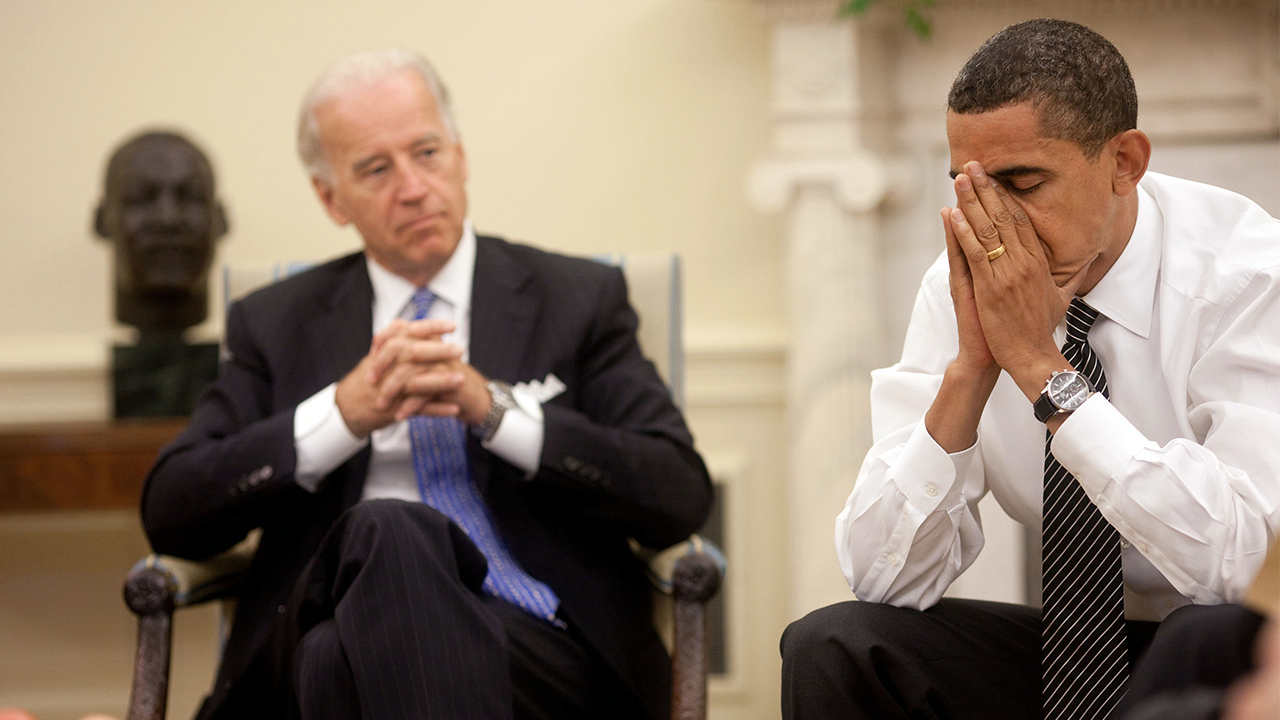
 Politics1 week ago
Politics1 week agoYearslong tensions boil over as ex-Obama staffers gang up on Biden: 'Clooney was exactly right'
-

 World1 week ago
World1 week agoUkraine: shelling in Kherson leaves at least two people dead
-

 News1 week ago
News1 week agoVideo: Biden Asks America to ‘Lower the Temperature’
-
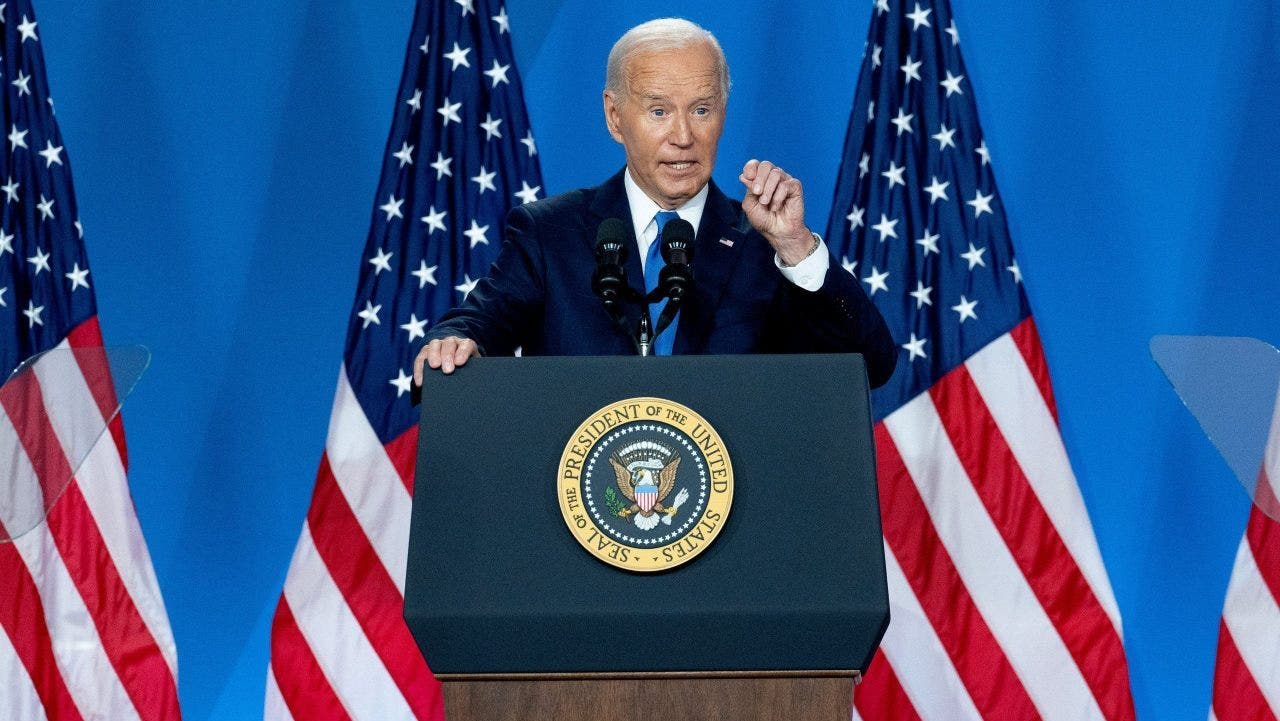
 Politics1 week ago
Politics1 week agoRep. James Clyburn claims Biden is slowing physically but 'mentally' fit and 'one of the best minds' he's met
